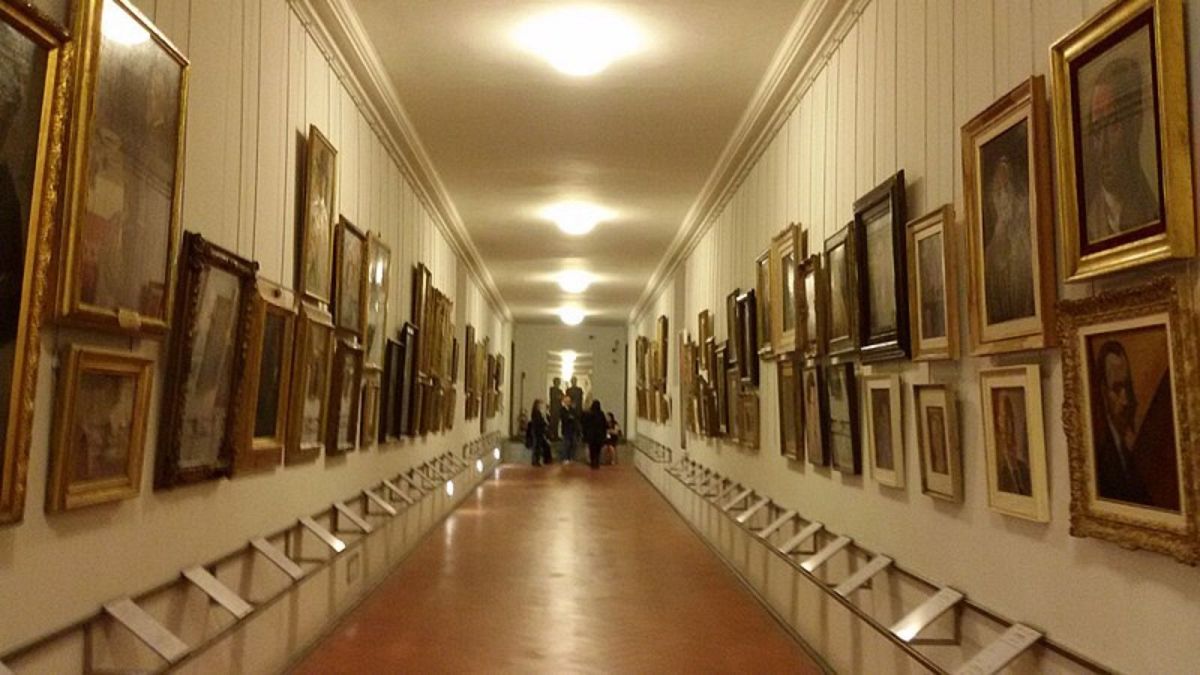Current climate plans put world on track for 3.1C of warming, UN warns

Governments need to step up with stronger NDCs, the report says, while highlighting the role of solar, wind and forests.
The world is on track to warm up to 3.1°C this century without stronger climate commitments from governments around the world, a new UN report has found.
That’s more than double the 1.5°C Paris Agreement limit, which is intended to keep the world on a climate-safe timeline.
Countries’ current commitments for 2030 are not being met, the UN Environment Programme (UNEP)’s latest Emissions Gap report finds. Even if they are fulfilled, temperature rise would only be limited to 2.6 to 2.8°C.
“Climate crunch time is here. We need global mobilisation on a scale and pace never seen before – starting right now, before the next round of climate pledges – or the 1.5°C goal will soon be dead and well below 2°C will take its place in the intensive care unit,” says Inger Andersen, UNEP’s executive director.
“I urge every nation: no more hot air, please. Use the upcoming COP29 talks in Baku, Azerbaijan, to increase action now, set the stage for stronger NDCs, and then go all-out to get on a 1.5°C pathway.”
Is limiting global heating to 1.5C still possible?
The emissions gap, in other words, is huge. But it can still be successfully bridged.
Under the terms of the Paris Agreement, countries must submit new Nationally Determined Contributions (NDCs) every five years showing how they will curb national emissions to keep the world to 1.5°C of warming.
The next round of NDCs are due in February – though many countries, including the US and UK, have indicated that their new NDCs will be announced at COP29 or soon after.
UNEP calculates that nations must collectively slice 42 per cent off of their annual greenhouse gas emissions by 2030 and 57 per cent by 2035, or else the opportunity to keep the 1.5°C goal alive will disappear within a few years.
The Paris Agreement’s overarching goal is to hold “the increase in the global average temperature to well below 2°C above pre-industrial levels” and pursue efforts “to limit the temperature increase to 1.5°C above pre-industrial levels.”
To stay within the upper limit of 2°C, UNEP says emissions must fall 28 per cent by 2030 and 37 per cent from 2019 levels by 2035 – the new milestone year to be included in the next round of NDCs.
“Even if the world overshoots 1.5°C – and the chances of this happening are increasing every day – we must keep striving for a net-zero, sustainable and prosperous world,” Andersen adds.
“Every fraction of a degree avoided counts in terms of lives saved, economies protected, damages avoided, biodiversity conserved and the ability to rapidly bring down any temperature overshoot.”
How can the world stay under 1.5C?
By cutting 31 gigatonnes of CO2 equivalent emissions in 2030 (roughly half of all global emissions in 2023) and 41 gigatons in 2035, it is technically possible to achieve the 1.5°C goal.
Renewable energy has a big role to play in doing so. UNEP’s report finds that increased deployment of solar and wind energy technologies could deliver 27 per cent of the total reduction potential in 2030, and 38 per cent in 2035.
Protecting forests, meanwhile, could make up around 20 per cent of the potential in both years.
UNEP also highlights vital opportunities in boosting energy efficiency and switching to cleaner fuels in the buildings, transport and industry sectors.
But delivering on even some of these potential emissions cuts will require “unprecedented” international mobilisation, it urges. Countries must take a “whole-of-government approach” to pursuing their climate aims. And G20 members, responsible for the around 80 per cent of all emissions, must do the heavy lifting.
“Today’s Emissions Gap report is clear: we’re playing with fire; but there can be no more playing for time,” says UN Secretary-General António Guterres.
“Closing the emissions gap means closing the ambition gap, the implementation gap, and the finance gap. Starting at COP29.”
World News || Latest News || U.S. News
Source link



